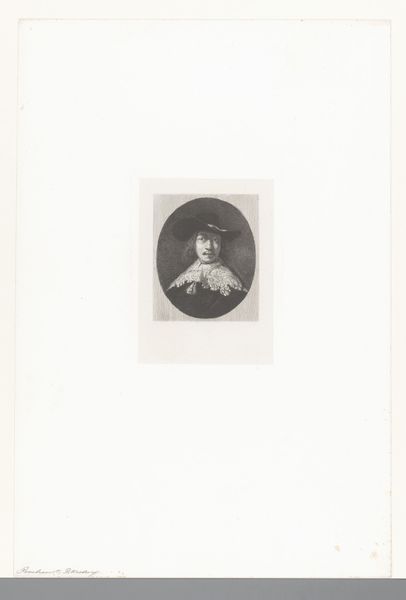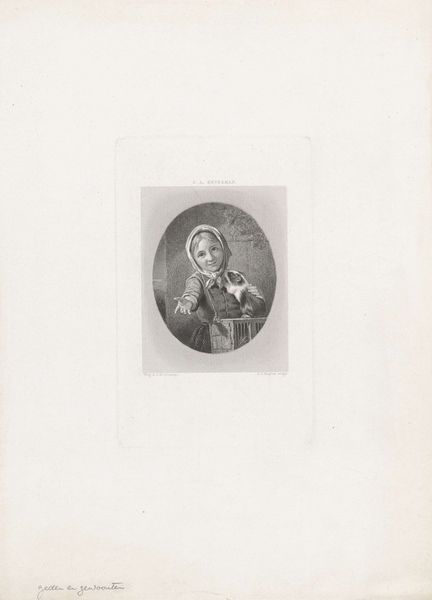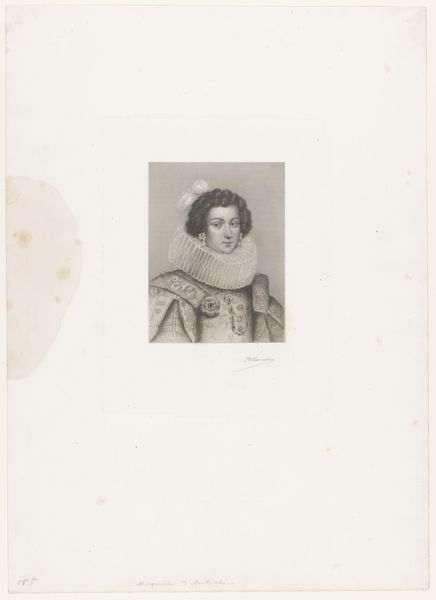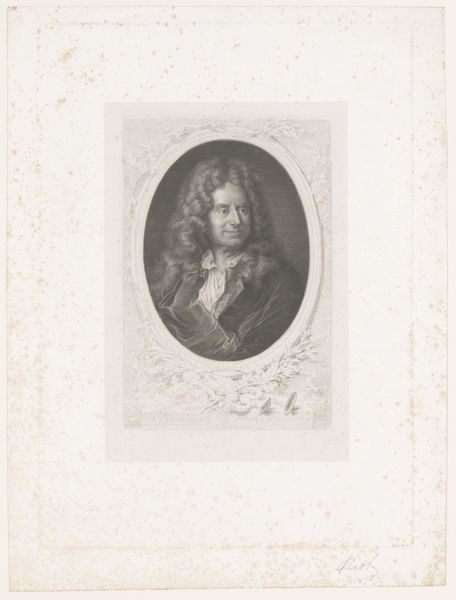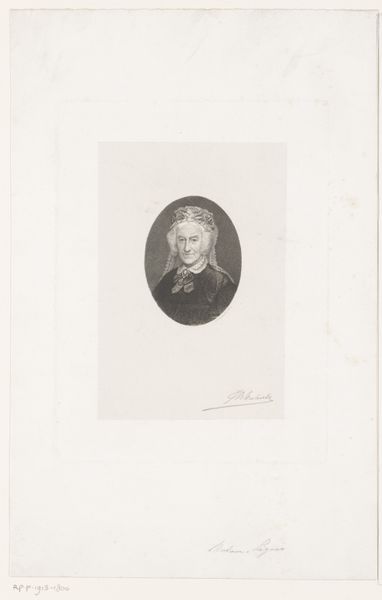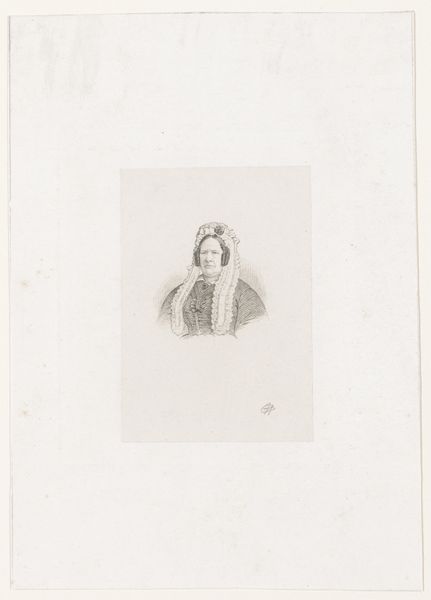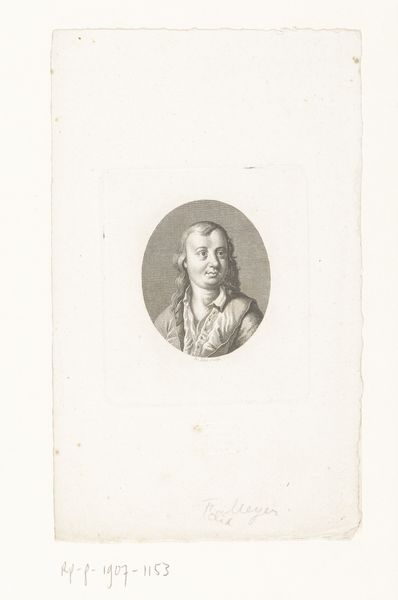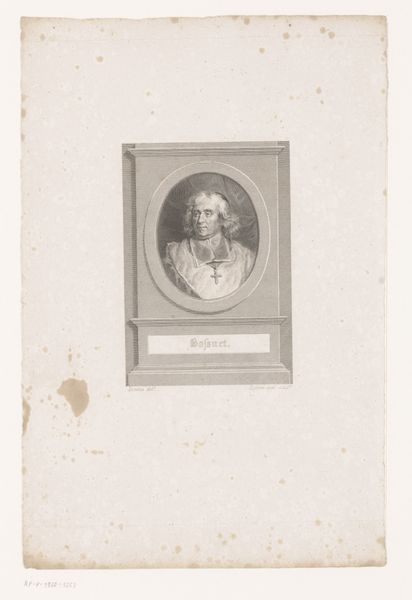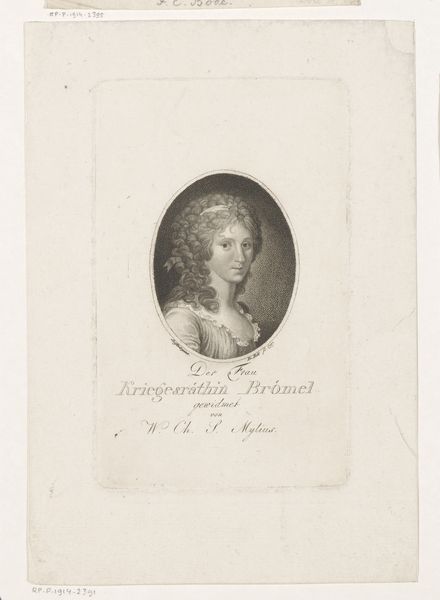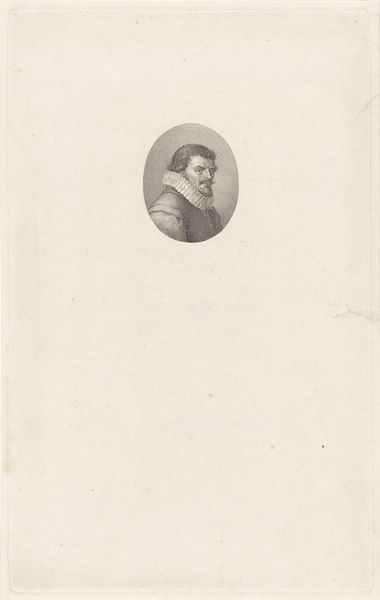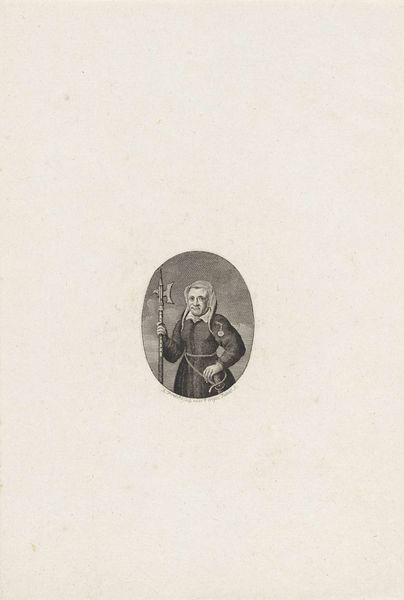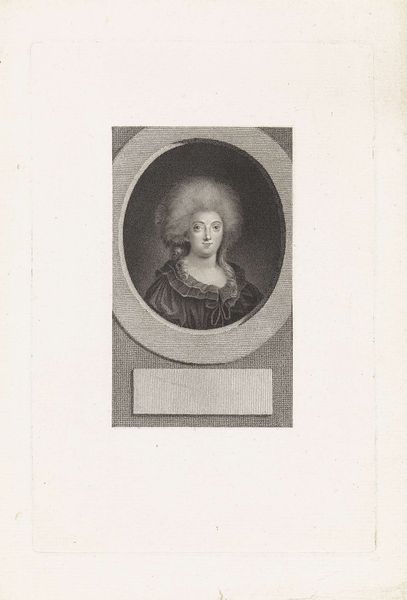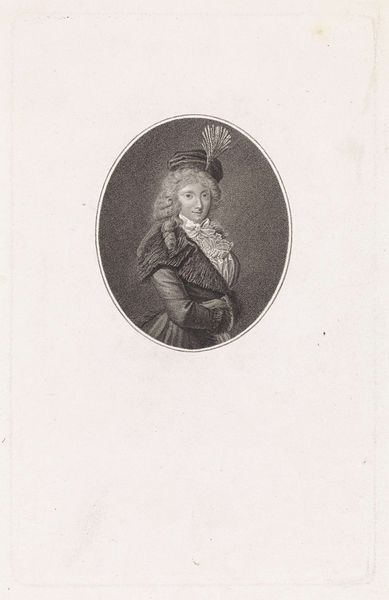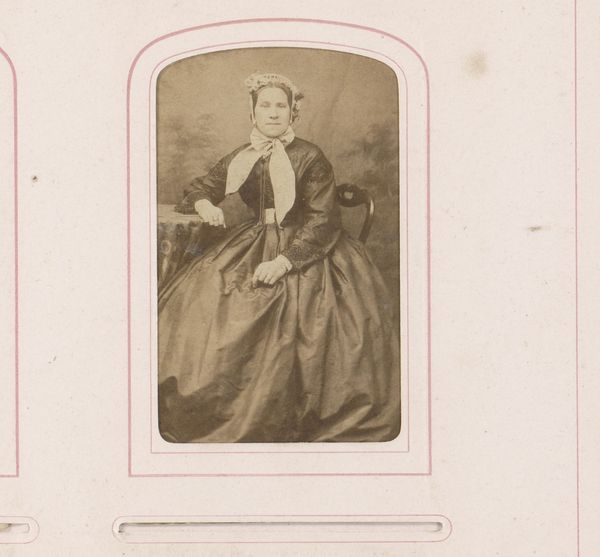
print, engraving
#
portrait
#
neoclacissism
# print
#
old engraving style
#
history-painting
#
academic-art
#
engraving
Dimensions: height 242 mm, width 156 mm
Copyright: Rijks Museum: Open Domain
Editor: Here we have a print from somewhere between 1790 and 1853, attributed to Pieter van der Meulen, titled *Portret van Adriaan Reland*. It’s a pretty small engraving. It gives me a somewhat stern and formal impression. How might we interpret its cultural meaning, especially given its clear Neoclassical style? Curator: That's a perceptive observation. The Neoclassical style here signals a particular moment in the history of portraiture and its function in society. Portraits weren't just about capturing a likeness; they were carefully constructed images designed to convey status and respectability. How do you think the choice of engraving, as opposed to painting, factors into its message and public reach? Editor: I guess that engravings are easier to reproduce than a painting, so it's a much more democratic approach for sharing someone’s image. But does that reduce the "aura" of the original, as Walter Benjamin might suggest? Curator: Exactly. Engravings allowed for wider circulation, shaping public perception and commemorating individuals in a more accessible way. Think about the historical context – the rise of a bourgeois public sphere and the increasing importance of reputation. These printed images played a vital role in constructing and disseminating ideas about who was worthy of admiration. Editor: So, in a way, this print participates in the creation of historical narratives about notable people? Curator: Precisely! It serves as both a record and a tool, shaping the historical understanding of Adriaan Reland for wider consumption. Who do you think was its target demographic at the time? Was it accessible to every member of society? Editor: Maybe wealthier individuals? Or perhaps academics familiar with Adriaan Reland’s work and legacy. It wasn’t quite meant for everyone. Curator: An excellent point. The visual language and the act of owning a print like this speak volumes about class and access to cultural capital during this time. Editor: I hadn't considered how deeply prints are interwoven with social structures and access to knowledge. This was great. Thanks for opening my eyes! Curator: Likewise. Analyzing the social life of images allows us to unravel deeper meanings that they once held.
Comments
No comments
Be the first to comment and join the conversation on the ultimate creative platform.
